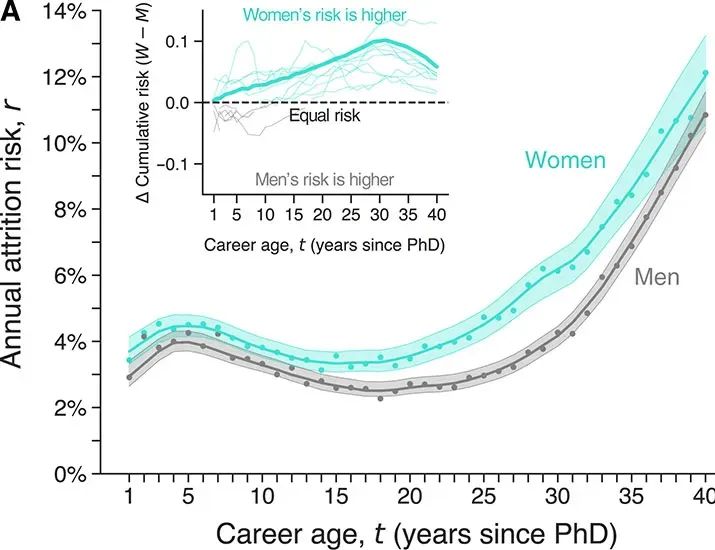
Reposted by: Mario Luis Small
Reposted by: Mario Luis Small
by Jr — Reposted by: Mario Luis Small, Michael Harris
Folks need to be more careful about what they think they know. There are multiple lanes.
Reposted by: Mario Luis Small
Reposted by: Mario Luis Small

4/4
3/
Reposted by: Mario Luis Small
Reposted by: Mario Luis Small, Carl Henrik Knutsen
Reposted by: Mario Luis Small
Reposted by: Mario Luis Small
Reposted by: Mario Luis Small
Reposted by: Mario Luis Small
Reposted by: Mario Luis Small
Reposted by: Mario Luis Small
www.pnas.org/doi/full/10....

Reposted by: Mario Luis Small
🌆 Explore spatial segregation & urban dynamics with Martin Ruef, Olav Sorenson, @marioluissmall.bsky.social, Nicole Marwell, Sunasir Dutta and Jon Bannister.
nias.knaw.nl/events/conne...

Reposted by: Mario Luis Small
Reposted by: Mario Luis Small
To me, big idea is: We gotta rethink how we interpret results.
muse.jhu.edu/pub/1/articl...